Imagine this: You dutifully roll up your sleeve every year, wincing just a little at the pinch, confident you’re armored against the flu. Then, a few months later, you’re shivering under blankets, fighting off a fever and wishing you’d never left your bed. It feels unfair, even a bit baffling. If you got the vaccine, why are you sick? This is a question that frustrates many and sparks endless debates at kitchen tables, workplaces, and even in science labs. The truth is as fascinating as it is misunderstood — and it reveals just how complex, sneaky, and unpredictable the flu virus really is. Let’s dive into the swirling world of flu shots, immunity, and the wild science that keeps us guessing year after year.
The Ever-Changing Face of Influenza
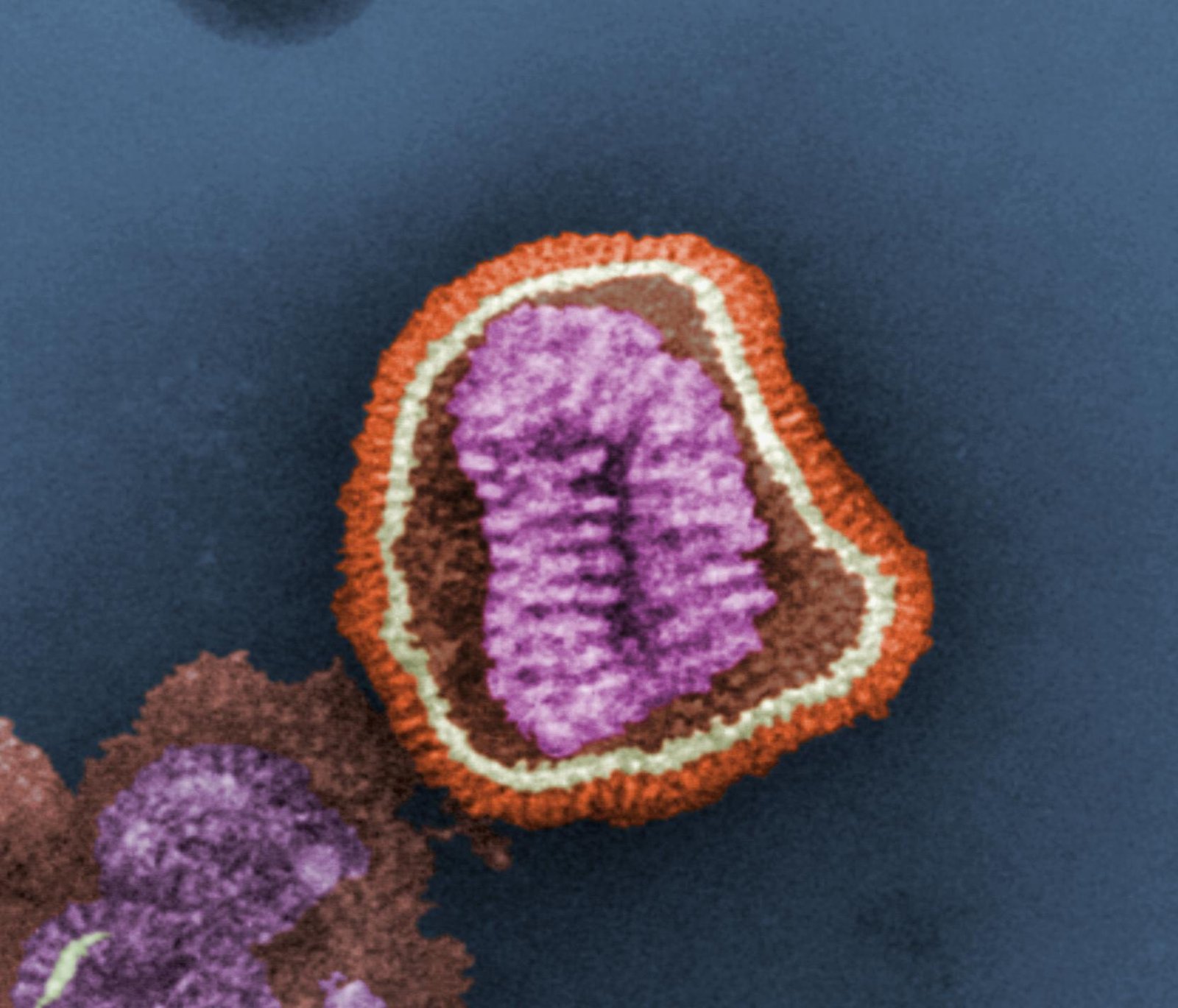
Influenza isn’t your typical, predictable virus. It’s a shape-shifter, constantly mutating and reinventing itself. Unlike some diseases where one vaccine can last a lifetime, the flu virus evolves so rapidly that last year’s vaccine can become almost useless the next year. Scientists compare the flu to a master of disguise, donning new masks each season to slip past our immune defenses. This rapid evolution is why new vaccines are needed each year and why sometimes, despite our best efforts, the vaccine doesn’t match up perfectly with the circulating strains. It’s a never-ending chase, with scientists working overtime to predict the virus’s next move.
How Flu Vaccines Are Made — And Why Timing Matters
Every year, flu vaccines are carefully crafted months in advance, based on predictions about which strains will be most common. Scientists gather data from around the globe, studying patterns and emerging mutations like weather forecasters tracking a storm. But viruses don’t always play by the rules, and sometimes a surprise strain will take over after the vaccine recipe is already set. This timing disconnect means the vaccine might protect you from some strains but not others, leaving a small window for the flu to sneak through. The process is a little bit like trying to predict which fashion trends will be hot next season — there’s always a chance something unexpected will steal the spotlight.
Immunity: Not a Brick Wall, But a Filter
When people think about vaccines, they often imagine an impenetrable shield that stops all invaders. But immunity isn’t usually that absolute. The flu shot teaches your immune system how to recognize the virus, but it doesn’t always prevent infection completely. Instead, it acts like a filter, reducing your risk of getting sick and especially of getting seriously ill. The immune system is incredibly complex, and its responses can vary from person to person, depending on age, health, and even genetics. So, while you might still catch the flu, your body is better prepared to fight back, often making your illness milder and shorter than it would have been.
The Power of Herd Immunity
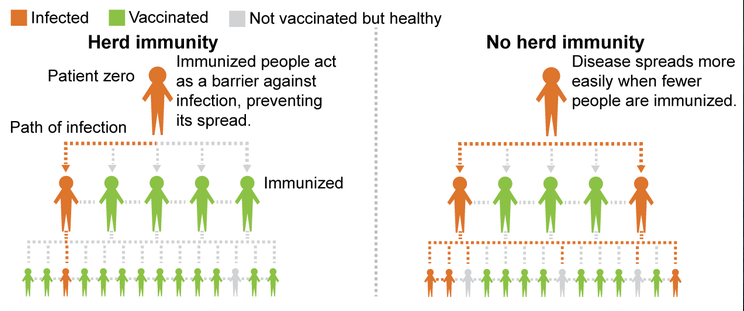
One of the unsung heroes in the fight against the flu is herd immunity. When enough people in a community are vaccinated, the virus has fewer opportunities to spread. This helps protect not just those who get the shot, but also babies, elderly folks, and others who can’t be vaccinated or whose immune systems are weaker. It’s like building a wall of people around the most vulnerable members of society, making it harder for the flu to find a foothold. Every vaccinated person adds a brick to that wall, even if the protection isn’t perfect.
Mismatched Strains: The Achilles’ Heel of Flu Vaccines
Science can perform miracles, but it isn’t magic. Sometimes, the strain of flu that ends up dominating the season isn’t the one scientists expected. When this happens, the vaccine’s effectiveness drops, and more people get sick despite being vaccinated. This mismatch is frustrating, but it’s not a failure — just a reminder of how unpredictable nature can be. Even in these years, the vaccine usually still offers some protection, blunting the worst effects of the illness and saving lives.
Partial Protection: Why Some Immunity Is Better Than None
It’s easy to feel disappointed when you hear the flu shot isn’t 100% effective. But even partial protection can make a huge difference. Studies show that vaccinated people who still get the flu tend to have milder symptoms, recover faster, and are less likely to end up in the hospital. It’s like wearing a raincoat in a storm — you might still get a little wet, but you’ll stay a lot drier than if you braved the weather without one. In a world where health is never guaranteed, even a little extra defense can be life-changing.
Reducing Severe Outcomes: A Critical Benefit
Perhaps the most important reason to get the flu shot is its ability to reduce severe consequences. The flu isn’t just a nuisance; it can lead to serious complications like pneumonia, heart attacks, and even death, especially in vulnerable groups. Vaccination slashes the risk of these severe outcomes, keeping more people out of emergency rooms and intensive care units. Doctors see the difference every year — fewer ICU admissions, fewer ventilators needed, and more families spared tragedy. That’s a victory worth celebrating.
Protecting the Most Vulnerable Among Us
Some people are especially at risk from the flu — young children, older adults, pregnant women, and those with chronic illnesses. For them, the flu can be devastating, even deadly. When healthy adults and teens get vaccinated, it creates a protective buffer around these high-risk groups. It’s an act of kindness and community spirit, like shoveling a neighbor’s sidewalk after a snowstorm. By getting the shot, you’re not just thinking of yourself; you’re looking out for those who need it most.
The Role of Memory Cells in Immunity
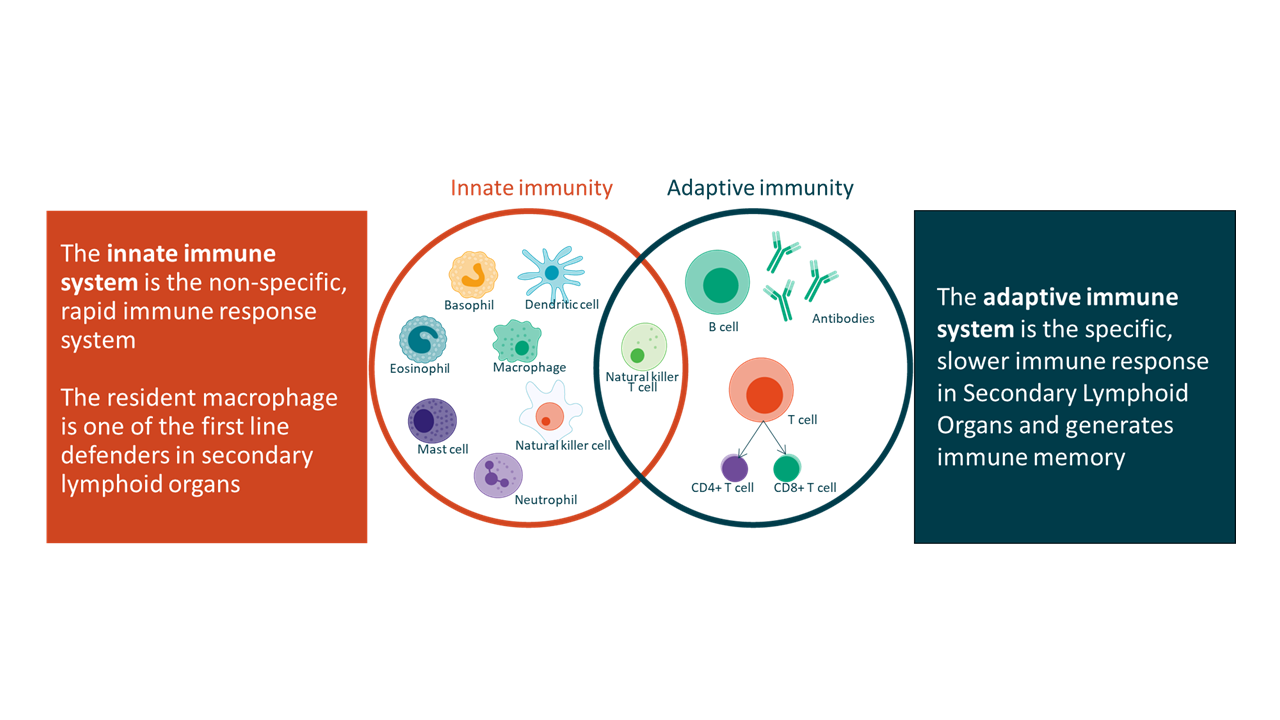
Your immune system is smarter than you might think. After you get the flu shot, special memory cells are created that remember what the virus looks like. If you’re exposed to the flu later, these cells spring into action faster and with more precision. It’s like having a security guard who recognizes a suspicious character on sight. Even if you do get sick, your body is primed to respond more effectively, taming the infection before it spirals out of control.
Why Some People Don’t Respond Well to the Vaccine
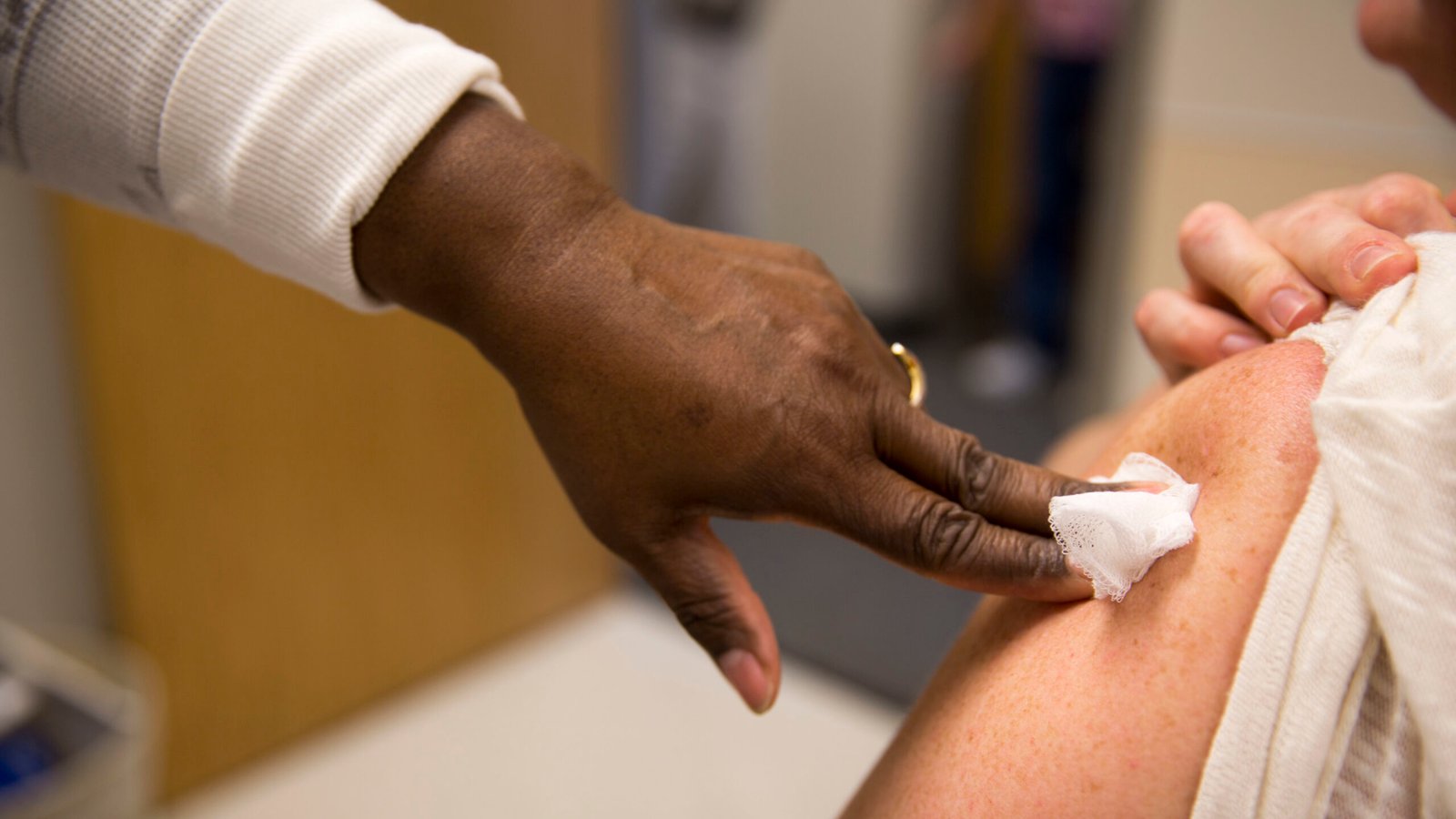
Not everyone’s immune system reacts to the flu shot in the same way. Older adults, for example, may have a weaker response because their immune systems are less robust. People with certain medical conditions or who are taking immune-suppressing medications might also get less benefit. Scientists are constantly working on ways to boost vaccine effectiveness for these groups, such as higher-dose shots and special formulations. It’s a reminder that medicine is always evolving, and that one-size-fits-all solutions rarely work in real life.
Annual Shots: Why One Isn’t Enough
Unlike some vaccines that provide lifelong protection, the flu shot needs to be updated and administered every year. That’s because the virus changes so quickly, and because our immune response can fade over time. Think of it like updating your phone’s software — if you skip too many updates, you’re left vulnerable to new threats. Getting the flu shot every year keeps your immune defenses sharp and ready for whatever the virus throws your way.
Common Myths and Misconceptions
Despite decades of research, myths about the flu shot persist. Some people believe the vaccine can give you the flu, or that it’s only necessary for the very young or very old. These ideas just don’t hold up to scientific scrutiny. The flu shot is made from inactivated virus, so it can’t cause the flu. And while certain groups are at higher risk, the truth is, anyone can get seriously ill from the flu. Education and honest conversations are key to breaking down these barriers.
Side Effects: What to Expect and Why They Happen
Most people experience only mild side effects from the flu shot, like a sore arm or a low-grade fever. These reactions are signs that your immune system is kicking into gear. Serious side effects are extremely rare. For most, the discomfort is minor compared to the misery of a full-blown flu infection. It’s a small price to pay for a shot at better health, and for many, it’s barely noticeable at all.
The Impact on Healthcare Systems
Every flu season, hospitals brace for a surge in patients. When vaccination rates are high, this wave is smaller and more manageable. That means fewer beds are filled, fewer resources are stretched thin, and healthcare workers can focus on those who truly need urgent care. Vaccination isn’t just about personal protection — it’s about keeping the entire healthcare system running smoothly, especially during peak flu months.
Flu vs. Common Cold: Spotting the Difference
It’s easy to confuse the flu with a bad cold, but the two are very different. The flu hits harder and faster, with high fevers, body aches, and exhaustion that can knock even the healthiest person flat. Colds tend to be milder, with runny noses and sneezing. Knowing the difference can help you seek care sooner and make informed decisions about when to stay home and rest.
Breakthrough Infections: What They Teach Us
When people get sick after vaccination, scientists call these “breakthrough infections.” Far from being failures, these cases offer valuable clues about how the virus and our immune systems interact. By studying them, researchers learn how to make better vaccines and predict which strains might cause trouble in the future. Every breakthrough case adds a piece to the puzzle, pushing science forward.
Global Flu Surveillance: The Unsung Heroes
Behind every flu vaccine are thousands of researchers and public health workers tracking the virus across continents. They monitor outbreaks, analyze genetic changes, and share data in real time. It’s a global effort, requiring cooperation and trust. Without their tireless work, the vaccine would be little more than a shot in the dark. Their dedication helps protect people everywhere, from bustling cities to remote villages.
Innovation and the Future of Flu Vaccines
Researchers are always searching for ways to outsmart the flu. New technologies, like mRNA vaccines, hold promise for faster, more accurate protection. Scientists dream of a “universal” flu vaccine that would work against all strains, year after year. Progress is slow but steady, fueled by curiosity, creativity, and the relentless drive to save lives. The future of flu prevention is bright, even if the journey is long.
A Personal Perspective: Why I Still Get My Flu Shot
Every fall, as the leaves turn and the air crisps, I line up for my flu shot. I know it’s not perfect, and I’ve had the flu before, even after vaccination. But I also know the science, and I’ve seen what the flu can do to friends and family. For me, the shot is an act of hope and responsibility — a way to protect myself, my loved ones, and my community. It’s not just about avoiding a week of misery; it’s about being part of something bigger than myself.
Final Thoughts: Why the Flu Shot Is Still Worth It
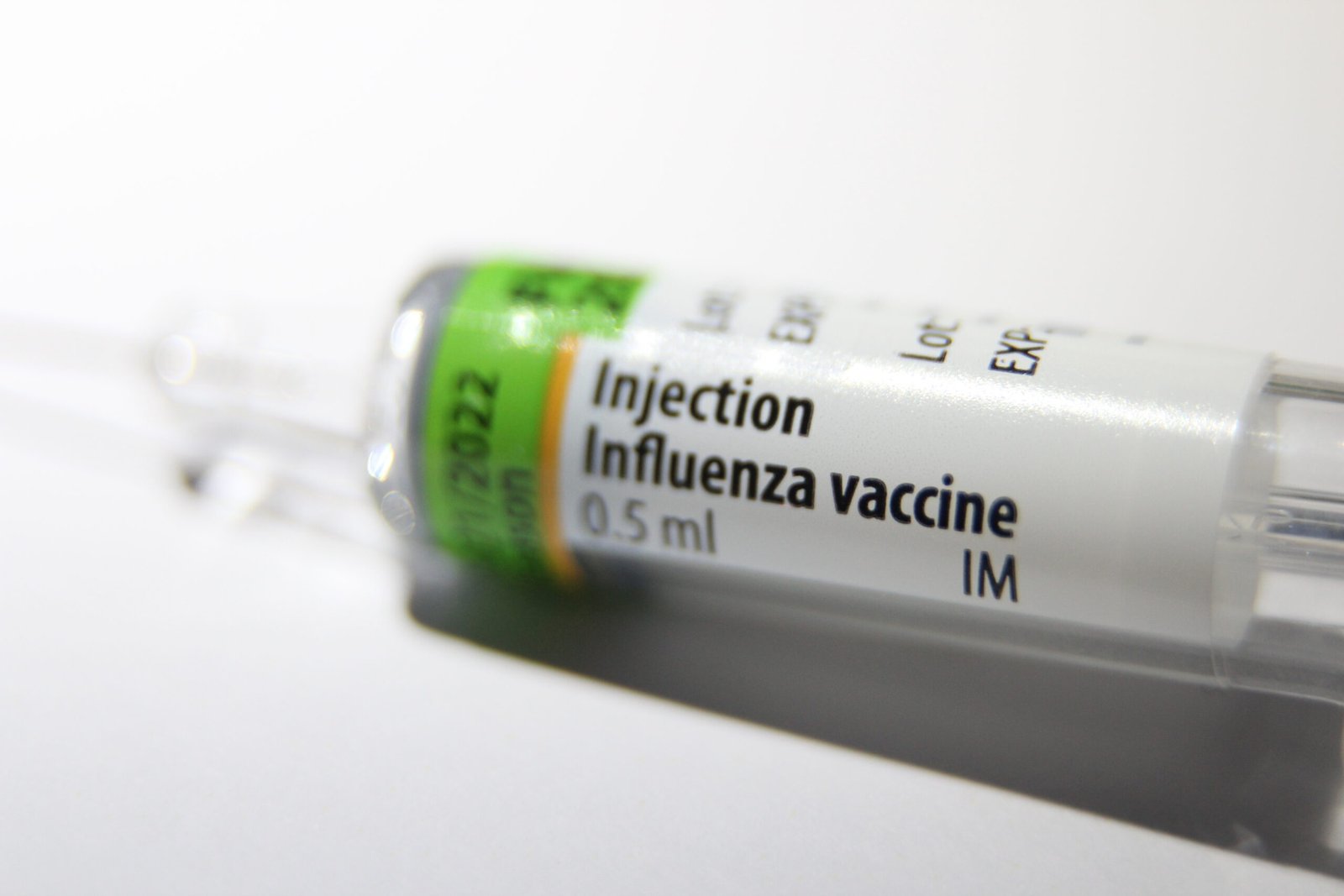
The flu shot isn’t a magic bullet, but it’s one of the best tools we have to fight a wily, ever-changing foe. Even when it doesn’t prevent illness completely, it saves lives, softens symptoms, and shields the most vulnerable among us. In a world full of uncertainty, taking action — even imperfect action — is powerful. Isn’t it worth a quick pinch to make the world just a little bit safer for everyone?



